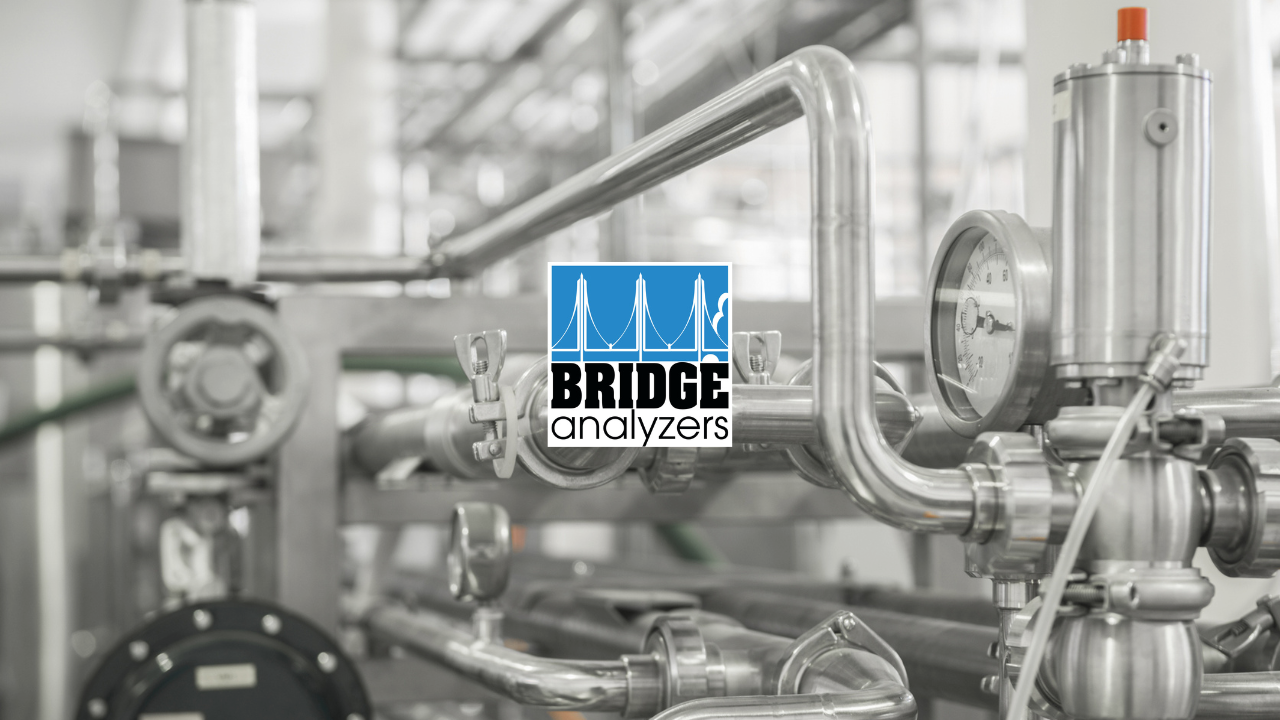Fluid Milk Processing: An Overview
The technique used to gather, transport, and process milk to make it suitable for human consumption is known as fluid milk processing. Milk processing guarantees that milk is free of hazardous germs and pollutants, making it a crucial stage in the dairy business. Processing milk enhances the milk’s quality and shelf life in addition to its safety.
The gathering of milk from dairy farms is one of the earliest stages in fluid milk processing. Tanks made of stainless steel are used to collect the milk and convey them to the processing facility. The milk is examined for safety and quality at the facility. This includes testing for pollutants including pesticides and heavy metals as well as pathogens like E. coli and Staphylococcus aureus. Any milk that doesn’t adhere to safety and quality requirements is thrown out.
The milk is pasteurized once it has been examined and found to be safe. The process of pasteurization involves heating milk to a specified temperature for a set period of time. This eliminates any potentially hazardous germs in the milk. High temperature, short time (HTST) pasteurization, which involves heating milk to 161 degrees Fahrenheit for only 15 seconds, is the most popular type of pasteurization. This technique successfully eliminates dangerous germs while maintaining the milk’s nutritious content.
The milk is cooled once pasteurization is finished before going through the standardizing procedure. The process of adjusting milk’s fat content to a constant amount is known as standardization. In his seminal work on dairy processing, Food Engineering and Dairy Technology, H.G. Kessler defines standardization as “the production of liquid milk with a definite fat content achieved by means of pipe and valve connections.” The process of standardization goes something like this (and this is a gross oversimplification): milk is divided into various parts, such as cream and skim milk, and then the parts are combined again in the appropriate ratios per product type. As a result, milk that consistently contains the correct levels of fat can be produced, which is what processors and consumers want.
The manufacture of other dairy products like cheese and ice cream also depends on the accurate blending of precise amounts of fat into milk. Standardization ensures that the milk used for cheese and ice cream production has a consistent flavor and texture. Many things effect the flavor of the milk including: what type of food the cows eat, the season in which the production is taking place, and other besides. By standardizing the milk, processors can guarantee that the fat level is accurate and constant, thereby ensuring the quality and shelf life of both the milk and other milk products such as cheese, cream, and ice cream.
After standardization, the milk is homogenized. Homogenization is the process of forcing milk through small passages under high pressure. This causes the fat globules in the milk to break down, preventing them from separating and rising to the top. Homogenization helps to guarantee that the milk is consistent in look and texture, as well as improving the milk’s stability.
In conclusion, fluid milk processing is an important stage in the dairy business since it ensures that milk is safe to consume and of good quality. Collection, testing, pasteurization, standardization, homogenization, and packaging are all part of the process. Standardization is a key phase in the process because it ensures that the milk has uniform fat content and flavor, which consumers desire. The entire procedure is continuously monitored to assure the milk’s safety and quality.
The Standard is Driven by Bridge Analyzers Digital Throttling Valves
The Standard is a groundbreaking new milk standardizer from long time dairy process expert, Craig Nelson of Food Automation. The Standard provides full integration with any and all surrounding equipment that may influence accurate blending. This includes pasteurizers, product selections, raw material labs, final product bench labs, separation, flows, pressures, and destination routing. All these factors influence the inline blending results and are considered in The Standard’s algorithms. Integration can either be hardwired or networked.

The Standard saves its results and continually learns to accurately set blending equipment to create the best product possible. Factors like seasonal changes to raw materials or milk components and the effects of the surrounding process are recorded, and the system gets better each day at starting or holding the blending valves. No more wobbling after every separator de-sludge or making bad product until the system’s control gets settled in.
The Standard is driven by the Bridge Analyzers Digital Throttling Valve. The 3A-approved Digital Throttling Valve delivers the most precise blending in the dairy industry. The Standard will soon have these Bridge Analyzers Smart Valves – which are fully compatible with ControlLogix Ethernet for ease of replacement— integrated into them. The Standard is built using Rockwell automation’s ControlLogix. This provides ease of integration in the majority of process manufacturing applications. For dairy applications, The Standard uses Quadbeam sensors with very specific light wavelengths. This means your product will be within +/- 0.030s accuracy or better.

